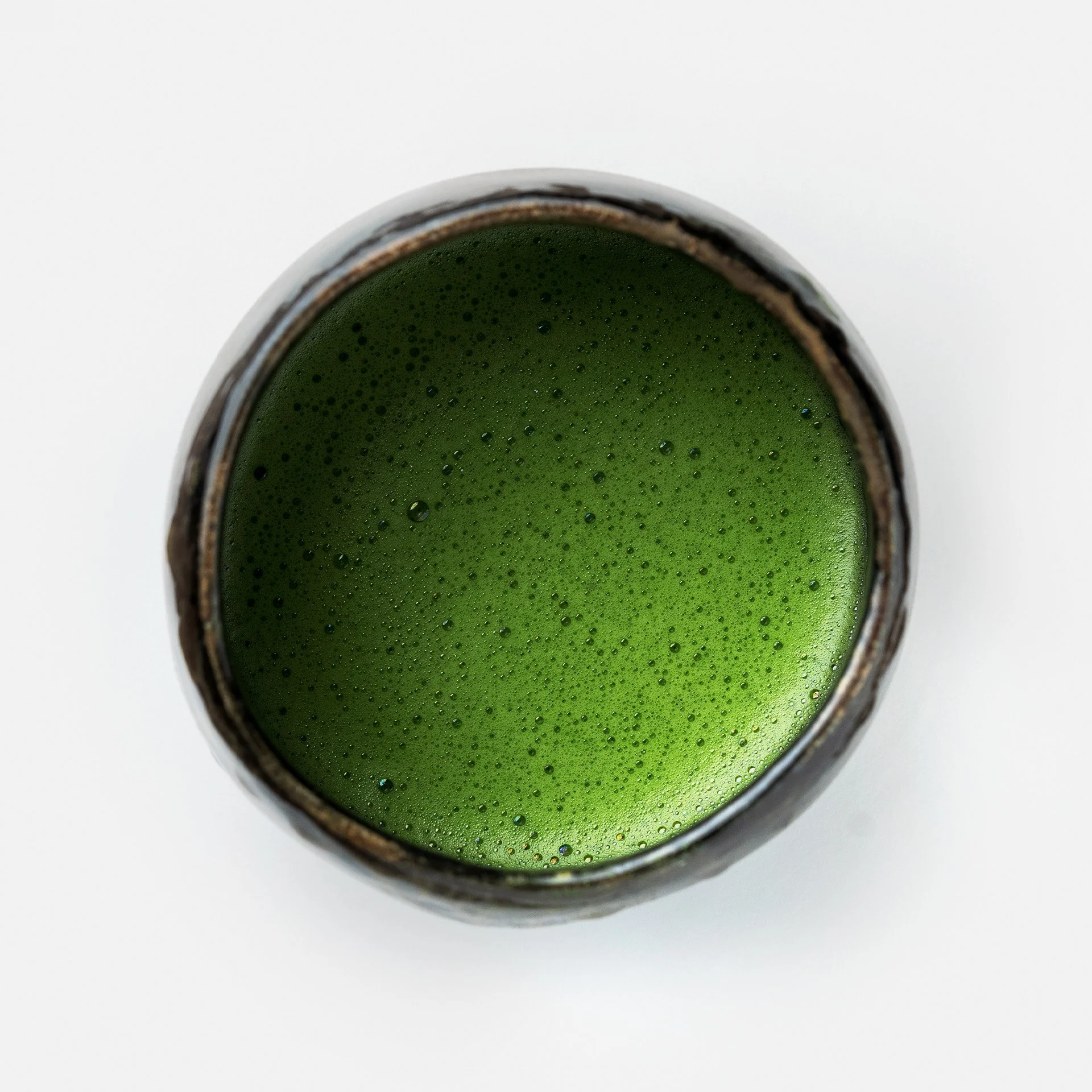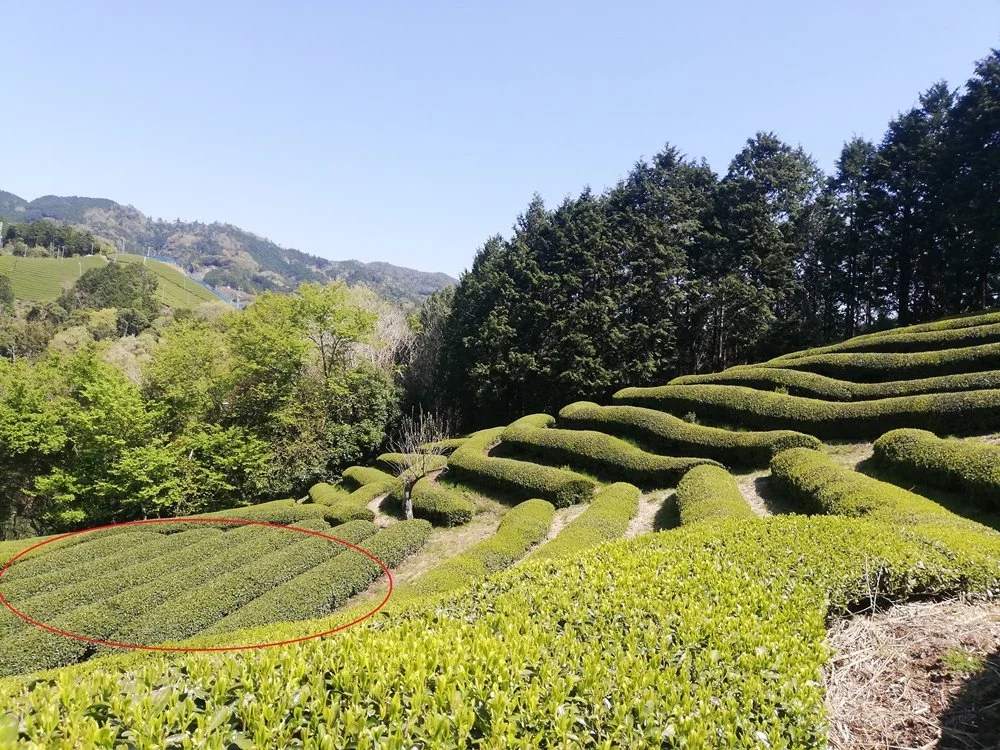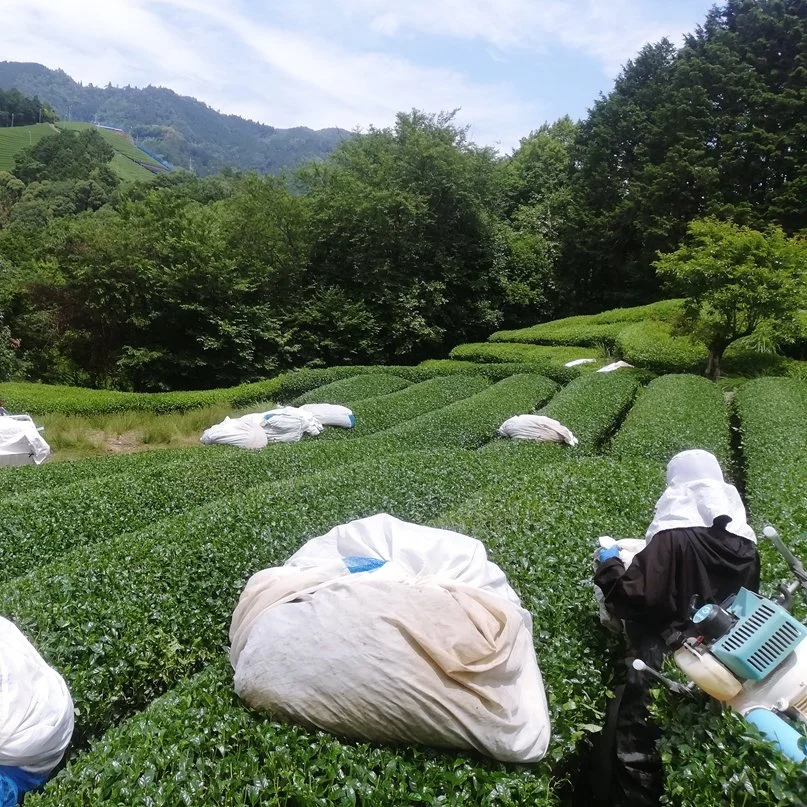Okumidori (おくみどり) Cultivar from Wazuka (Matcha Mill Club)
Matcha Mill Club is our monthly Matcha membership, where we stone-mill a new single-cultivar Matcha and ship it out within 24 hours of milling every month. This article details the Matcha we shipped for November 2022!
Yabukita Cultivar (やぶきた)
Originally from Shizuoka prefecture, Okumidori is a cross between Yabukita Cultivar and a Zaira (seed-grown) plant known as Shizuoka Zairai #16. Yabukita may sound familiar to you as the majority of tea in Japan is made from this hardy cultivar.
The popularity of Yabukita comes from both its good taste, and its reliability - easy to grow (really anywhere) and resistant to frosts. I’ve seen a few figures that range from 70% to 80% of all tea grown in Japan is Yabukita cultivar which illustrates just how popular Yabukita is.
Okumidori (おくみどり)
Okumidori was registered in 1974, and while it’s not as popular as Yabukita, it has a number of unique features that make it an attractive cultivar today. The original purpose of Okumidori was to be used in Sencha production, though it’s breath has expanded today – including it’s use in the Matcha of this month’s tea club.
Okumidori seems to be more frost resistant than Yabukita, it’s harvested one week later (which allows farmers to easily stagger Okumidori harvests and Yabukita harvests.)
Its taste is rounded and well balanced, though perhaps not exceptional in any one regard, with an economical yield. Unlike Asahi, for example, which has exceptional characteristics but is delicate and low-yielding.
Wazuka (和束町) Terroir
Our Okumidori this month comes from a friend Ryo-san of Chaen Morifuku, located in Wazuka, Kyoto. Wazuka is one of the larger production areas in the prefecture, certainly larger than the exclusively smaller Uji region. Though, it’s worth remembering that “larger” is relative. Shizuoka prefecture produces 10X the tea as Kyoto.
What’s particularly interesting about this Okumidori is Ryo-san has also provided photos of the specific bushes in his tea field used to make this Matcha, which you can see below.
You’ll notice the field itself is stepped, allowing for good drainage, with an abundance of varied plant species nearby. Quite attractive! And here we have the harvesting of the Okumidori bushes from the same harvest you’ll be drinking here.
The harvest method is known as Sentei Ki (or two person harvesting machine), the covering is Jika Kabuse (or directly covered) for about 20 days. Shorter shading durations will result in a Matcha that is sharp, fresh, and bright - versus londer-shaded matchas that will be more savory, deep, and complex.




